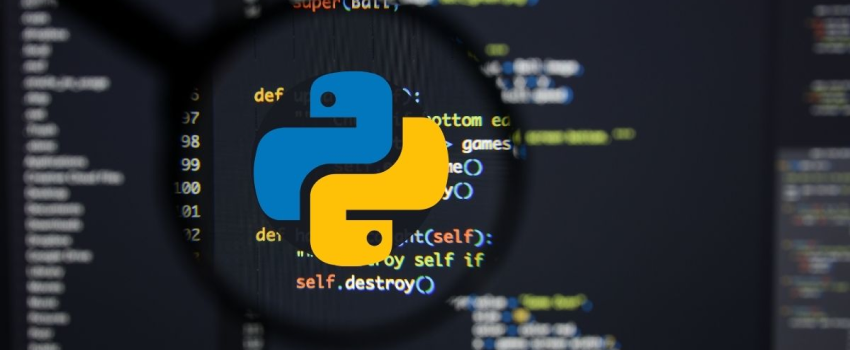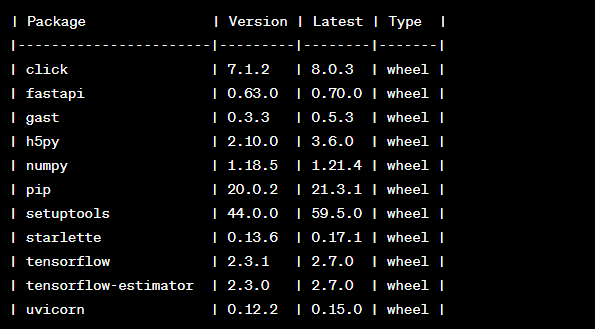Digital Transformation Consulting: Cost, Strategy,...
October 13, 2025

Ever get confused with all those different Python pieces you need for your project? Well, good news! There’s a thing called a Python Requirements File that makes it way easier. Imagine it like a simple list, kind of like your shopping list, but for computer stuff. It’s called requirements.txt, and it’s here to save you from the hassle of manually setting up everything.
In this blog, we will discuss how to create these Python necessary records. You can surely rest; we’ll keep it simple. We’ll explain to you the best method to accomplish it, as well as a few clever tricks and why it’s such an outstanding idea. People typically use it with what are known as virtual conditions, but we will stick to the basics and help you learn how to create and use these Python records. Ready to make your coding life easier? We should jump in!
Creating a Python Requirements File is pretty easy and helpful for keeping your Python project organized. First, go to your project folder and make a new text file. Make sure to name it requirements.txt and save it in the same place as your Python files (.py). This file keeps a list of all the important modules your project needs to work.
Once you have your requirements.txt file, it makes it easy to install the same modules on other computers. You can also speed things up using a command in the terminal:

This command collects a list of all the modules you have installed in your project, including their versions. When you use this command, it puts that list into your requirements.txt file. This file becomes like a snapshot of your project, making it simple to share and set up the same environment on different machines.
We’ll also look at some more details, like how to manually install packages in the terminal, as we go forward. This way, you’ll have a good understanding of how to handle Python requirements effectively.
Now that you’ve made your Python requirements file, let’s make it even more useful by adding the specific tools your project needs. It’s easy! Open the text document and just write down the names of the tools you want. For example, if you want to use the TensorFlow tool, write “tensorflow” on a new line and also mention the version you want. It would look like this:

Do the same for all the tools you need, like “uvicorn” and “fastapi”. After adding everything, save the document and close it. This simple step is important because it tells your project exactly which tools to use and in what version. This makes it easy for others to set up your project without any problems, no matter where they’re working from. So, go ahead, add those tools, save, and you’re all set for smooth installations and teamwork!
Once you’ve listed the important modules your project needs in a file called “requirements.txt,” the next step is to get those modules into your project. We use a handy tool called pip, which is like a magic helper for installing, updating, and removing Python stuff.
Here’s how you do it: open a special window on your computer called a terminal or command prompt. Then, go to the folder where your Python project lives. Once you’re there, type in this command:

This command makes sure all the modules you listed in your “requirements.txt” file are set up in your project. After you press Enter, you’ll see a bunch of text showing that the modules are successfully installed, kind of like a receipt.
Successfully installed absl-py-1.0.0 astunparse-1.6.3 … zipp-3.6.0
A good idea is to start with a fresh workspace before installing these modules. If you ever want to get rid of a module, just use the same command but say ‘uninstall’ instead of ‘install.’ And if you need to update an old module, use ‘upgrade’ instead of ‘install.’
Here’s a cool trick: if you want to see a list of all the Python modules you have in your project, use the command ‘pip freeze.’ It’s like taking a snapshot of what’s installed. This way, managing Python modules becomes super easy, making sure your project stays strong and well-organized.
Keeping a requirements file is critical for remaining current and ensuring compatibility with the most recent versions of bundles. If you’ve neglected your requirements file for a while, don’t worry – follow these steps to get it back in shape:
Use the command pip list –outdated to get a list of packages that have newer versions available. This will show you which packages need updating.

For each outdated package, use the command pip install -U PackageName to upgrade it. For example:
Command: pip install -U fastapi
This updates the ‘fastapi’ package to the latest version.
If you prefer, you can upgrade all packages at once with pip install -U -r requirements.txt.
Ensure that all your tests pass after the upgrades.
Run pip freeze > requirements.txt to update your Python requirements file with the latest package versions.
After updating the requirements file, commit the changes using git commit and push them to the production branch with git push.
Check for missing dependencies using python -m pip check. If everything is in order, you’re good to go!
By following these steps, you maintain a healthy and up-to-date Python requirements file, ensuring predictable builds for your project.
After completing the development of your Python project, it’s important to create a Python Requirements File to document all the modules and packages your project relies on. While you can create this file manually by listing each dependency, a recommended practice is to leverage the pipreqs module, which automates the process by scanning your project’s imports.
To get started with pipreqs, you need to install it first. Execute the following command in your terminal or command prompt:
Command: pip install pipreqs
Once pipreqs is installed, you can use it in the command line to automatically generate a requirements.txt file. For instance, if your project is located at “/home/project/location,” run the following command:
Command: pipreqs /home/project/location
By running this command, pipreqs will scan your project, identify all the imported modules, and create a requirements.txt file containing the necessary dependencies. The terminal output will confirm the successful creation of the requirements file:
Command: Successfully saved requirements file in /home/project/location/requirements.txt
Using pipreqs streamlines the process of creating a Python Requirements File after development, ensuring that your project’s dependencies are well-documented and easily reproducible. This automated approach saves time and reduces the risk of overlooking essential dependencies, contributing to a smoother development and deployment experience.
Also Check: Python Environment Variables
To sum it up, learning how to create and handle a Python Requirements File is important for Python developers. Think of it like a simple plan that notes down all the important parts your project needs to work. Using best practices and tools like pipreqs makes this process easy, ensuring that your project’s setup is neat and can be recreated without any hassle.
This file isn’t just for you; it makes sharing your project and working together with others a breeze. Plus, it helps install and update modules smartly. So, by understanding and using a requirements file, developers can make their work smoother, keep things consistent, and boost the chances of their projects being a success. Consider leveraging professional Python Development Services to enhance your project’s development and ensure optimal results.